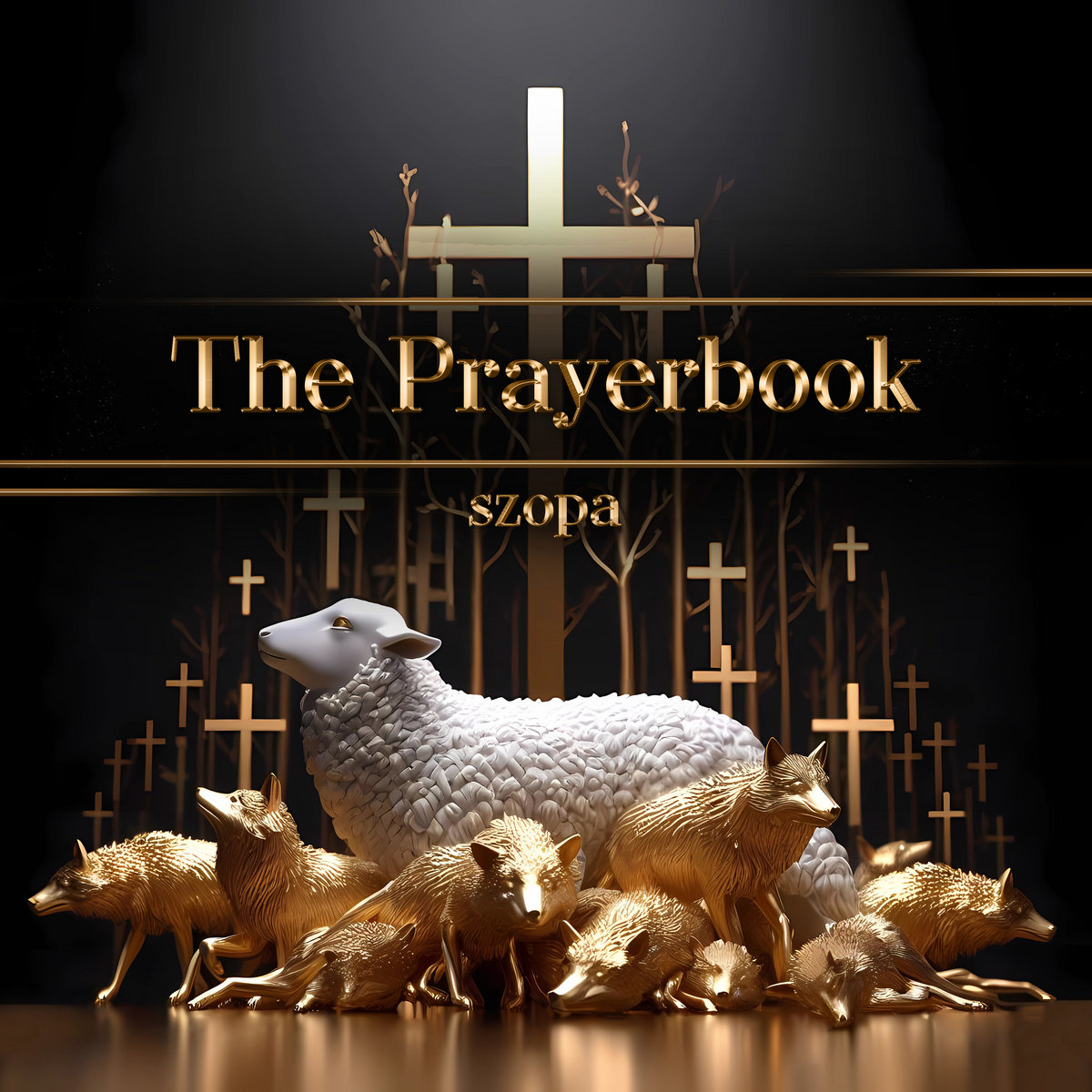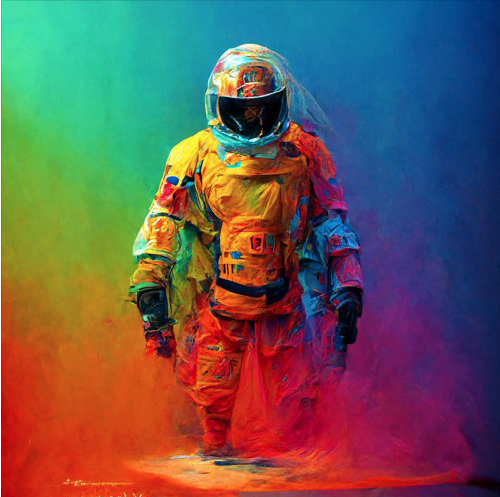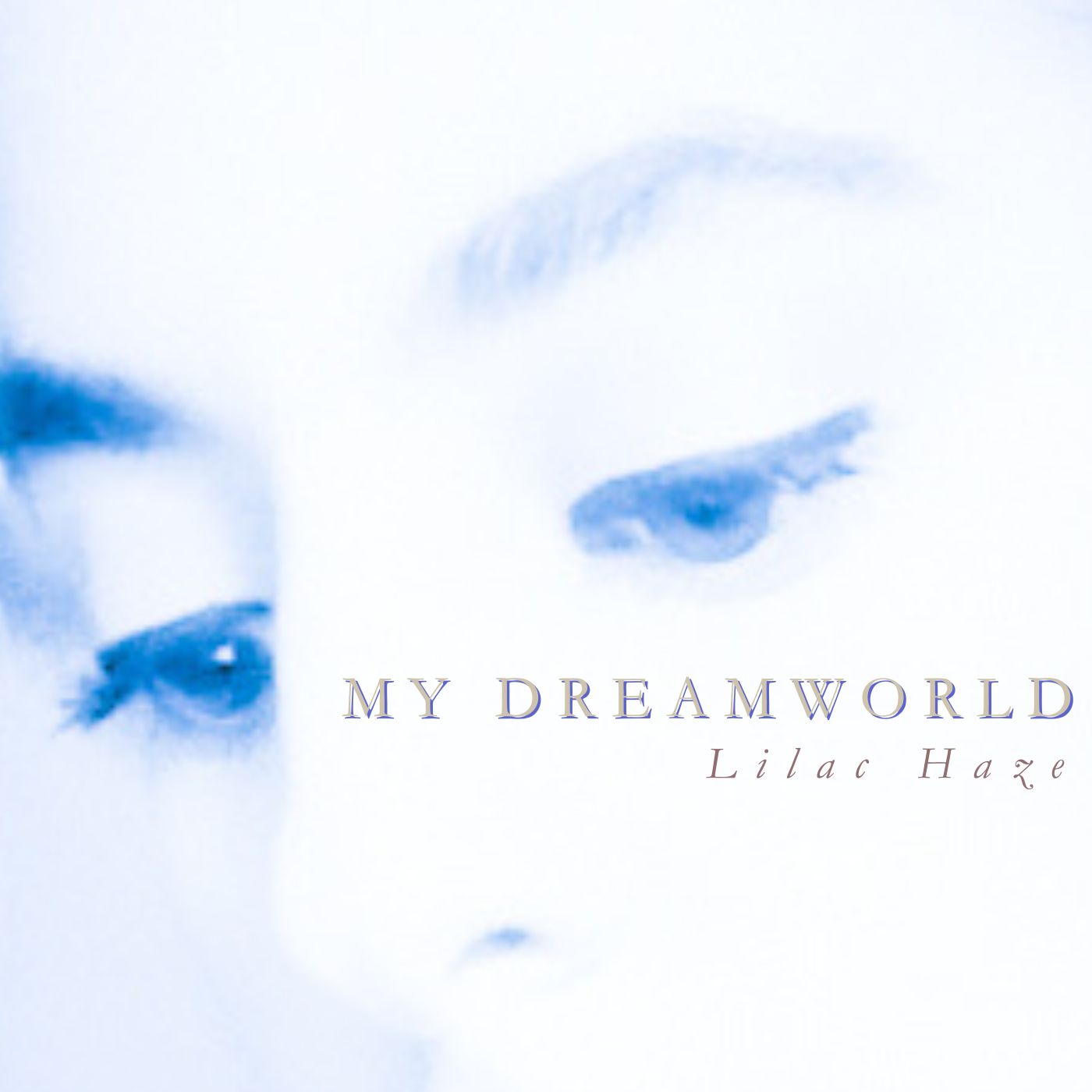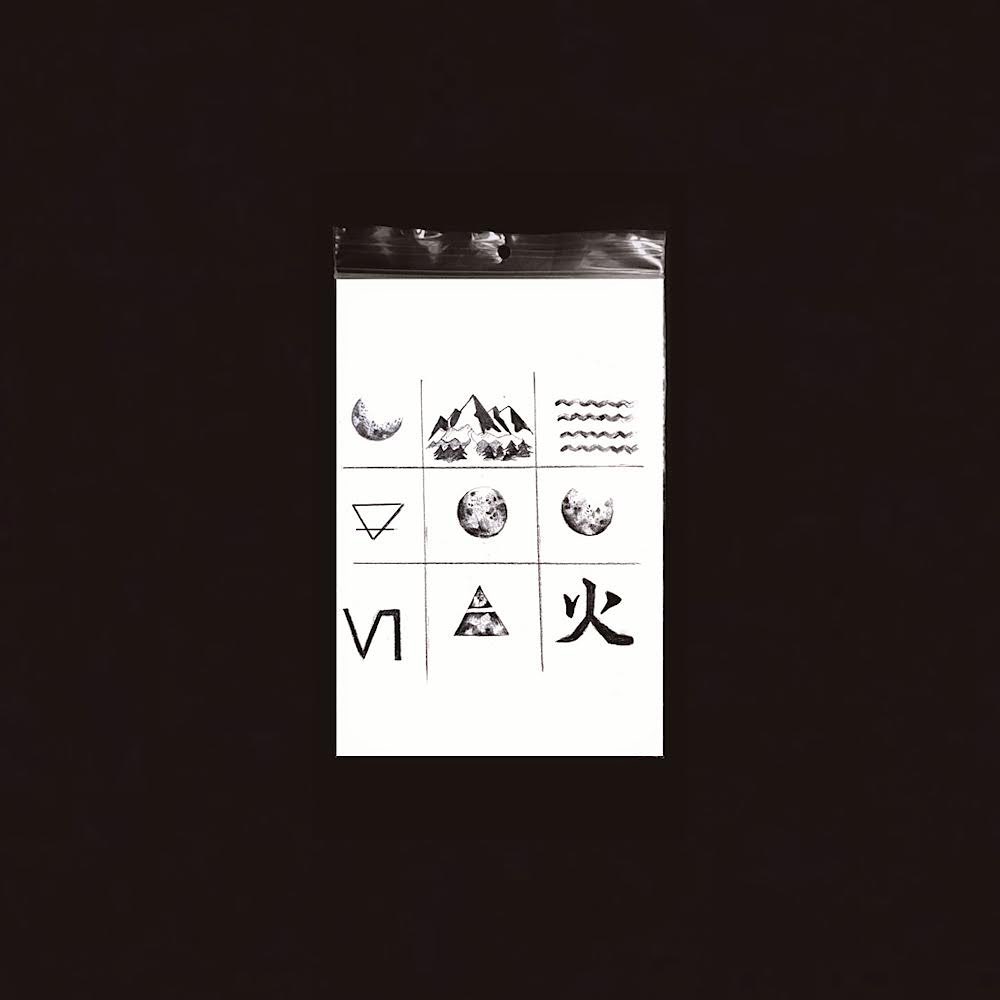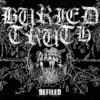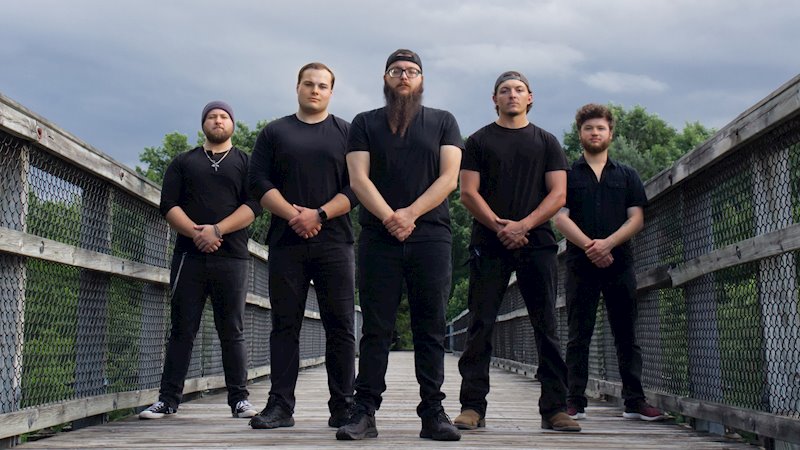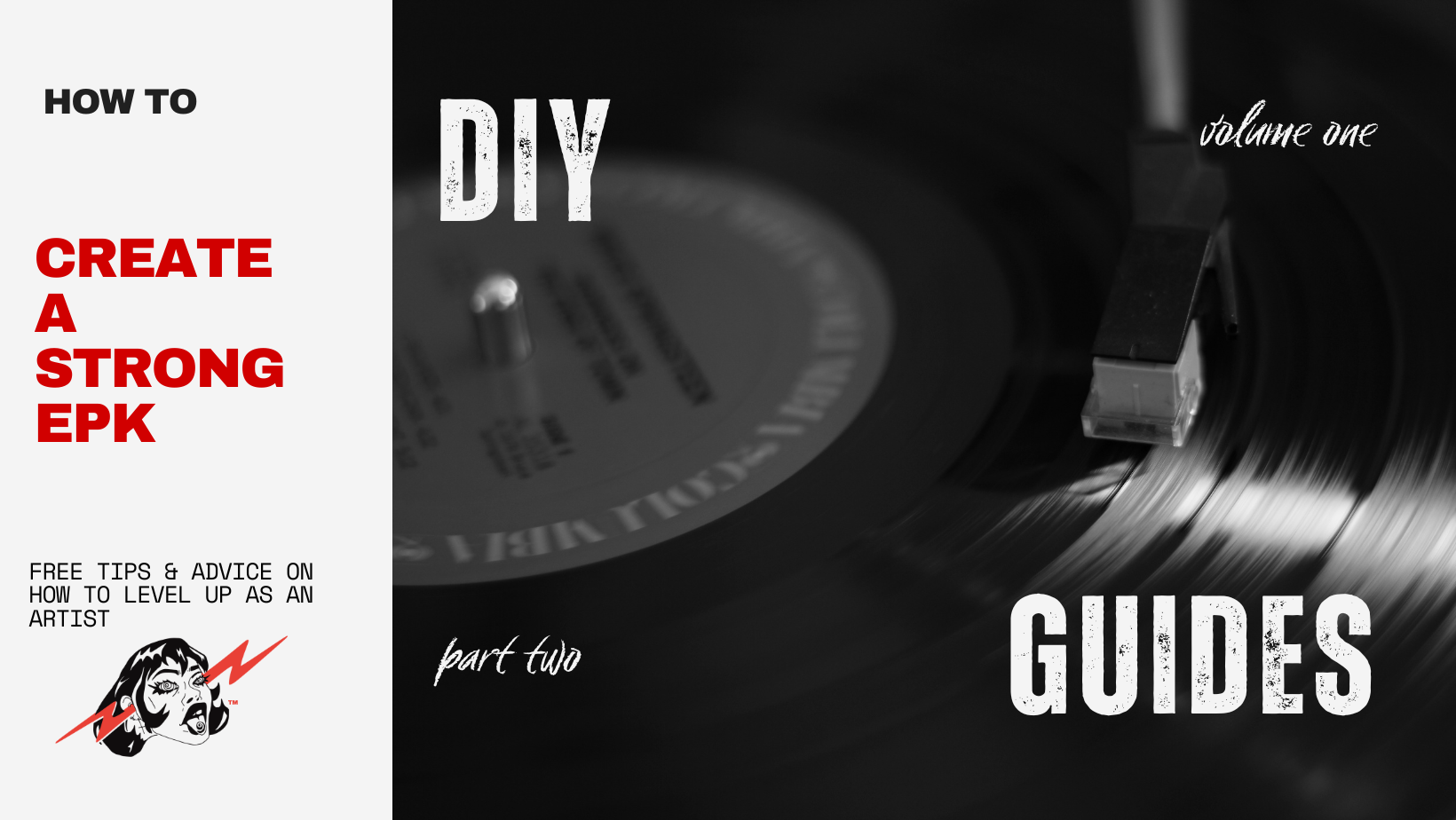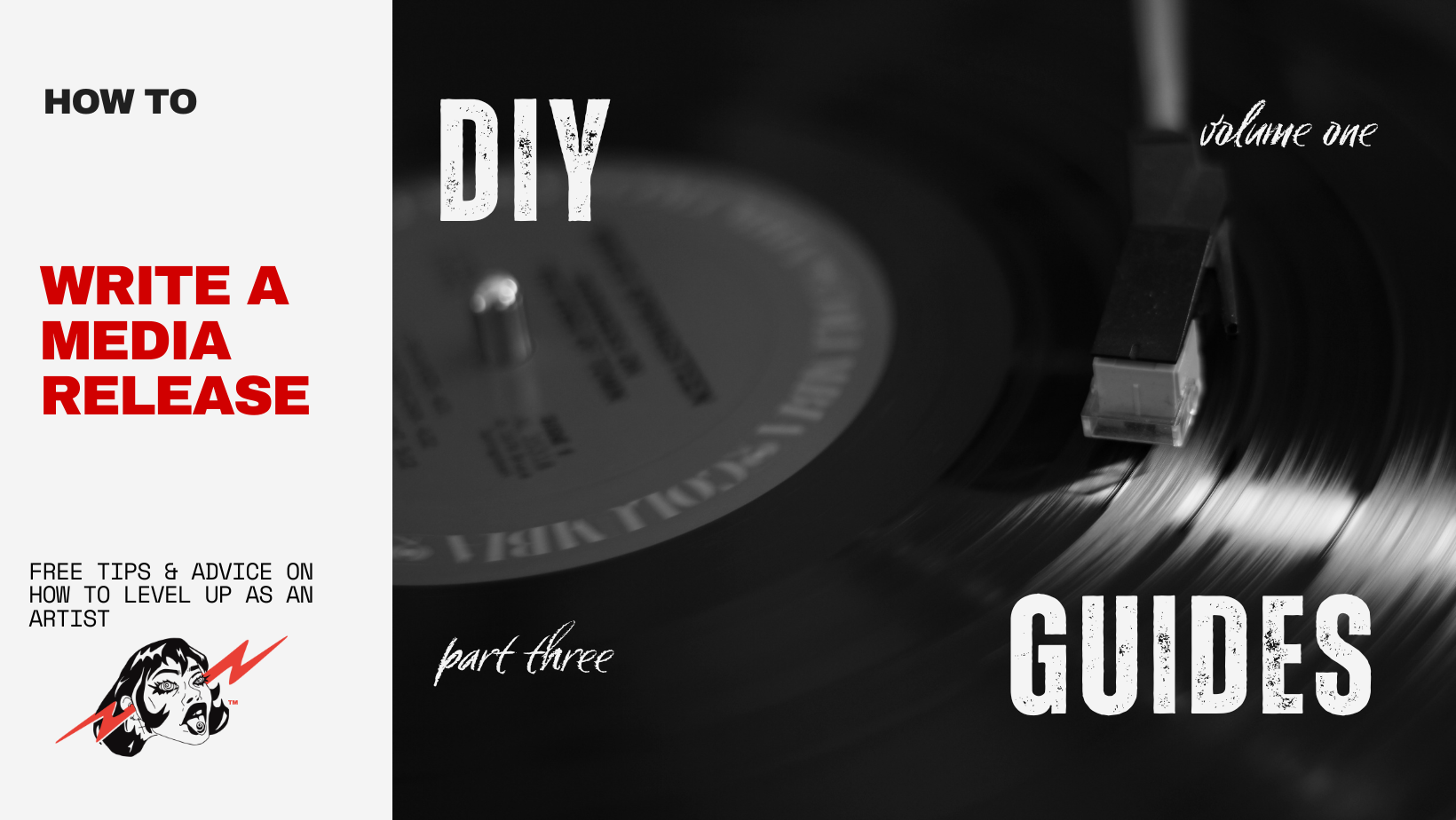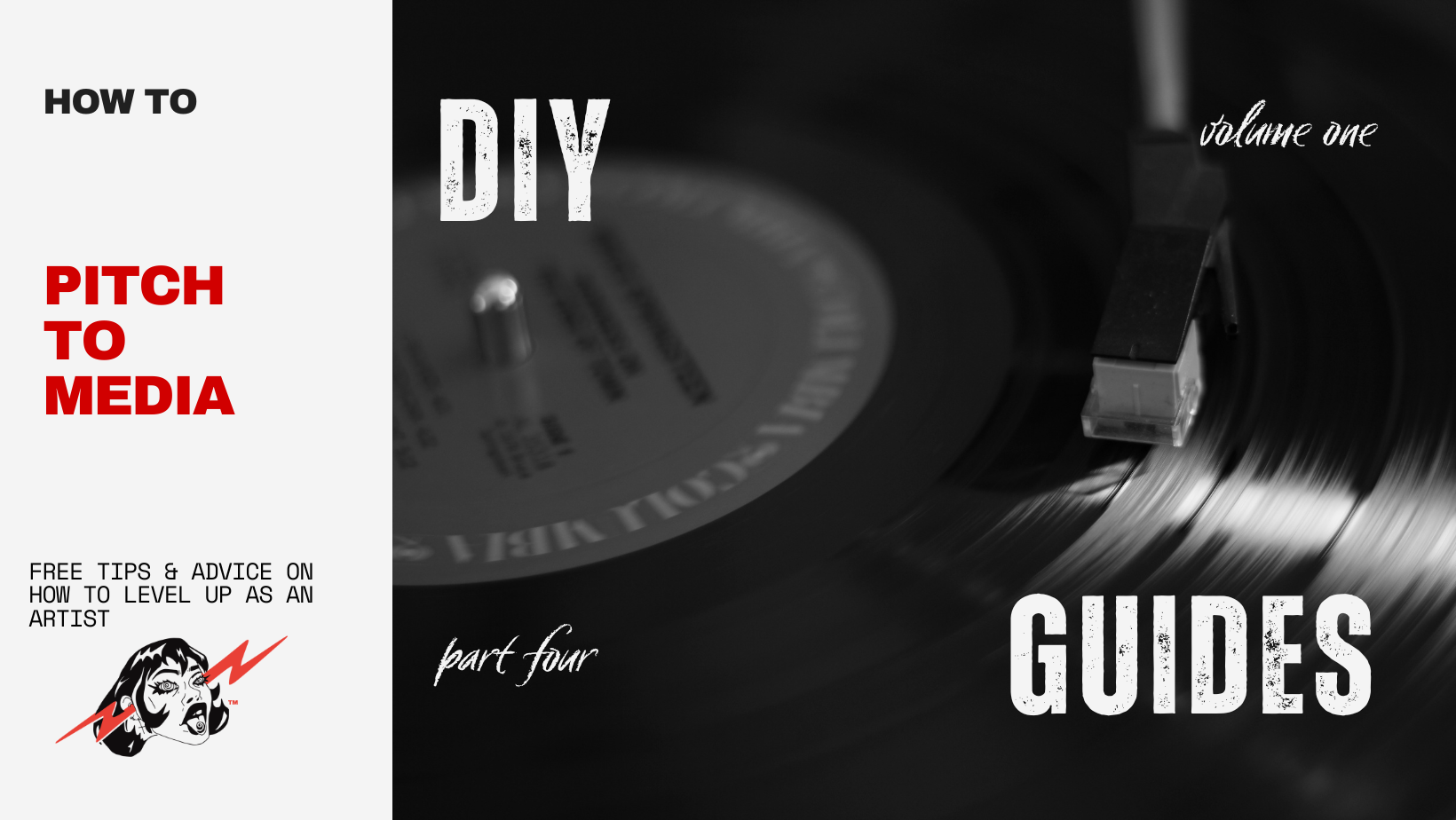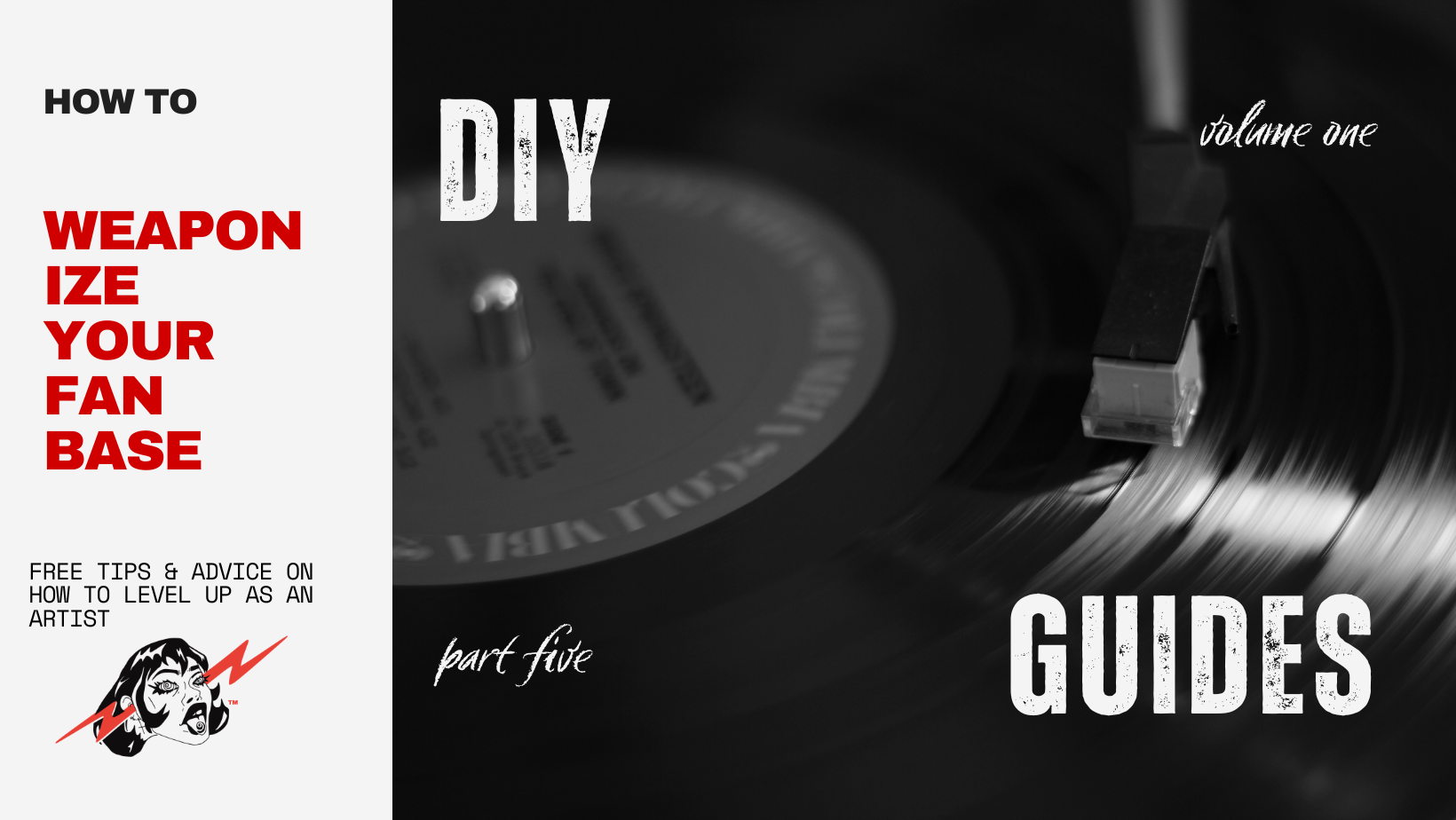In a musical landscape awash with fleeting trends and superficiality, Szopa‘s latest offering, The Prayerbook (August 16), is a profoundly introspective and conceptually daring work. Out today, the album is not just a collection of songs but a meticulous exploration of religious devotion, personal struggle, and societal critique. With his third studio album, Polish artist Damian Malecki, known professionally as Szopa, invites one into a world where mediaeval ecclesiastical influences collide with contemporary electronic and gothic sounds.
Szopa’s journey from the small Polish town of Swiebodzin to the forefront of innovative music is a testament to his artistic evolution. The thematic richness and sonic experimentation in The Prayerbook reflect his deep engagement with both personal and universal questions. As Szopa explains,
“The overall theme of the album takes inspiration from mediaeval Roman-Catholicism. I use those themes to explore the ideas of social authority in the context of capitalism, as well as exploring religious devotion in contrast with devotion towards social figures, governments or hurtful ideologies.”
The Prayerbook is a masterclass in thematic depth and sonic exploration. From the very first note of the opening track, “Gloria,” one is enveloped in a rich tapestry of sound that marries the haunting tolling of church bells with the serene whispers of the countryside. This introduction sets the stage for an album that navigates the dualities of light and darkness, faith and scepticism.
In “Holy Healer,” Szopa’s critique extends to the realm of modern-day leadership, drawing parallels between contemporary figures and the false prophets of yore. Meanwhile, “St. Camille” presents an alternate religious universe through an unsettling lens, echoing Szopa’s childhood memories with a darkly imaginative twist. The song’s narrative delves into the paradoxical relationship between reverence and malevolence, as Saint Camille’s mission shifts from healing to inflicting illness.
The album’s soundscape is as diverse as it is cohesive. Szopa expertly blends electronica with darkwave and gothic pop, creating a hauntingly beautiful auditory experience. Each track serves as a chapter in a larger narrative that questions the role of religion and authority in contemporary life. The poignant single “Reverse My Prayer” stands out as a powerful metaphor for personal growth and the challenge of confronting one’s own belief systems. Szopa himself captures this sentiment, noting,
“‘Reverse My Prayer’ compares challenging our comfort zones and harmful beliefs to the process of abandoning religion.”
One of the album’s most striking features is its juxtaposition of contrasting elements. The single “Where Do I Go,” featuring Cornish folk singer Kezia Warwood, exemplifies this blend of old and new. Kezia’s ethereal vocals merge seamlessly with Szopa’s own understated tones, creating a meditative dialogue about existence and the afterlife. The interplay between Kezia’s airy delivery and Szopa’s contemplative lyrics encapsulates the existential inquiries that drive the album’s thematic core.
Szopa‘s unique fusion of historical and contemporary influences, combined with his bold exploration of faith and societal structures, makes The Prayerbook a thought-provoking and sonically rich experience. As one embarks on this sacred auditory journey, they must remember that The Prayerbook is not merely heard, but it is felt, pondered, and ultimately, understood in the depths of its profound inquiry.

